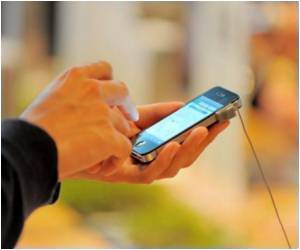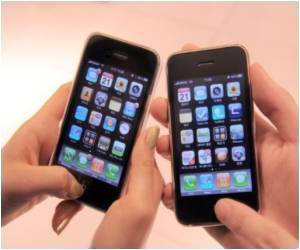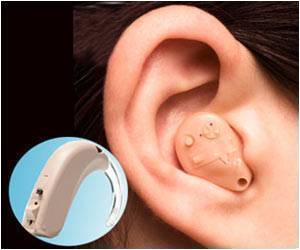
They measured the potential of piezoelectric nano-films to provide energy for small electronic devices.
"With the drive for alternative energy solutions, we need to find more efficient ways to power microchips, which are the building blocks of everyday technology like the smarter phone or faster computer," Bhaskaran told the ABC Science.
"Piezoelectrics could be integrated into running shoes to charge mobile phones, enable laptops to be powered through typing or even used to convert blood pressure into a power source for pacemakers - essentially creating an everlasting battery," she added.
Research into the possibility of piezoelectric material using human energy to power devices is not a new field.
Electronic devices already have integrated chips, which are coated in thin films, so the integration of piezoelectric films onto the chip would be a simple process, said Bhaskaran.
Advertisement
They then created 200 to 400 nm "nano-islands" from the 700 nm film to assess whether textured surfaces created more energy than continuous surfaces.
Advertisement
Baskharan and her team achieved voltage outputs of up to 40 mV and currents up to around 200 picoamps (pA). They found the effective power generated by nano-films was around 250 microwatts with a force of 5 mN.
That's about 10 times less than the power you need to run a smart phone, so the next challenge will be to amplify the electrical energy so it can be integrated into electrical devices, said Bhaskaran.
The findings are reported in Advanced Functional Materials.
Source-ANI









